
4 min read
Icons of Impact: Pioneers in Sustainability and Health
Meet the individuals redefining sustainability and advancing human and ecological health through innovation and advocacy.
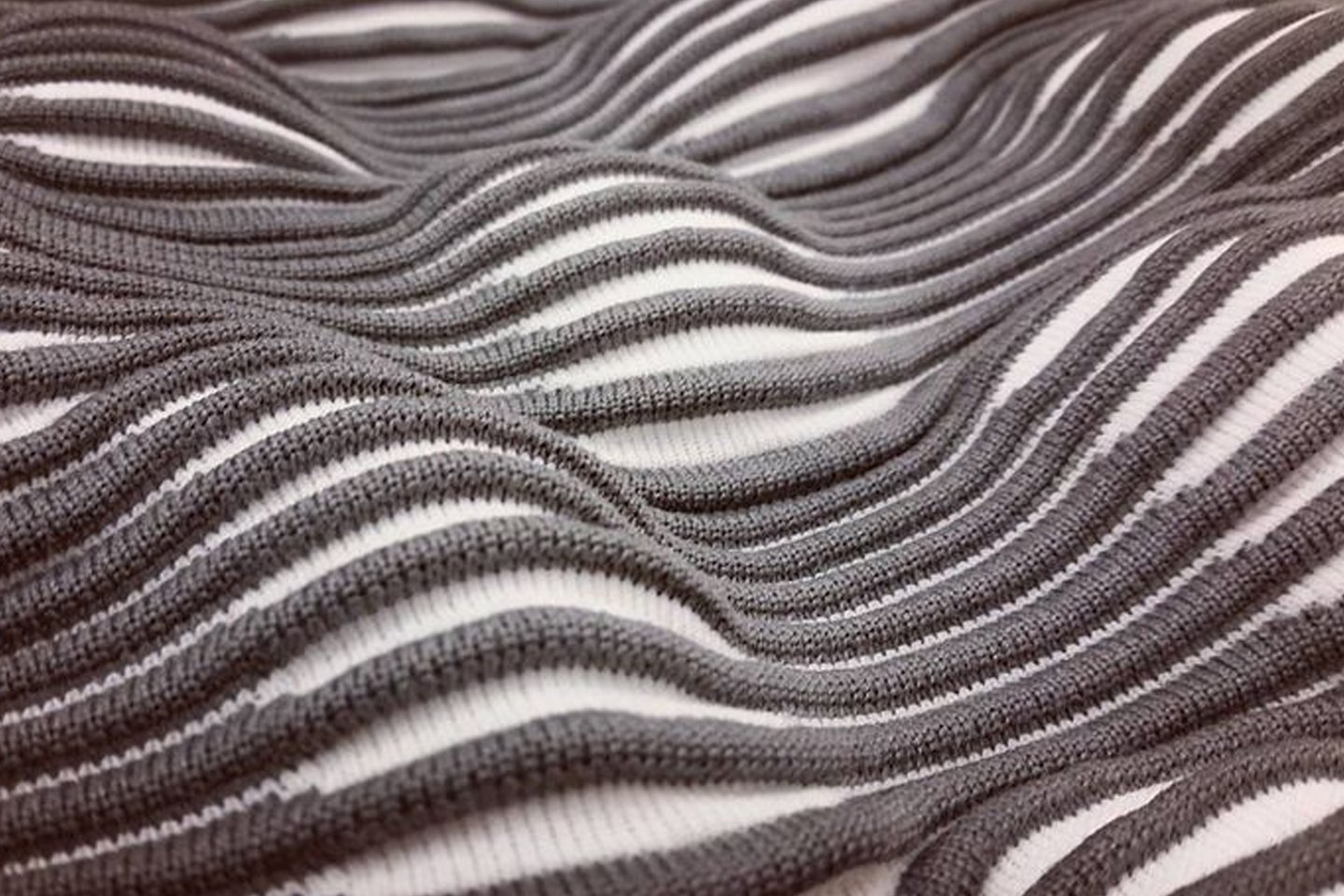
5 min read
WLLW delves into how knitting, origami and weaving are some of the traditional crafts driving innovations in sustainable architecture.
In the latest in our ‘Big Picture’ series, we turn our attention to whether the solution to sustainable housing and climate-resilient living spaces lies in everyday crafts like knitting, weaving and origami. Once considered hobbies or artistic pastimes, these skills are now at the forefront of innovative designs addressing some of humanity’s most pressing challenges. Whether through origami-inspired structures that combat extreme heat, knitted materials that regulate indoor temperatures, or woven textiles that store energy, the intersection of craft and science is likely to reshape how we build and live in the future. This article explores how these crafts are set to revolutionize construction and promote wellbeing in a changing world.

Knitting, traditionally associated with garments and accessories, is in the early stages of being integrated into sustainable building design. The mathematical principles behind knitting – using interlocking loops to create flexible and strong structures – are being harnessed in the housing sector. The first example of this innovation being used on an architectural scale was tested using knitted formwork as molds for concrete supports. This geometrically precise casting allows for the original knitted form to be reused as a sustainable component of the construction industry. More recently, the technology has been demonstrated at the 2022 Technoscape exhibition in Rome’s MAXXI Museum.
"With ongoing research and development, these crafts will continue to inspire innovations that redefine how we build, live, and thrive in the modern world."
Scientists and architects are using knitting techniques to create insulation materials that mimic the adaptability of knitted fabrics. Ceramic and silicate fibers are being used in knitted form as heat protection in foundries, capable of withstanding up to 1,382 °F. On a smaller scale, these fabrics utilize various yarns to enhance air permeability and heat transfer dynamics and provide both flexibility and thermal regulation, making them ideal for homes in regions with extreme temperatures. Knitted insulation panels can trap air in their loops, reducing heat loss in winter and maintaining cool interiors in summer. This approach could lower energy consumption, aligning with global efforts to combat climate change. For future homeowners, this innovation promises not only energy efficiency but also improved comfort and long-term cost savings, enhancing overall wellbeing.
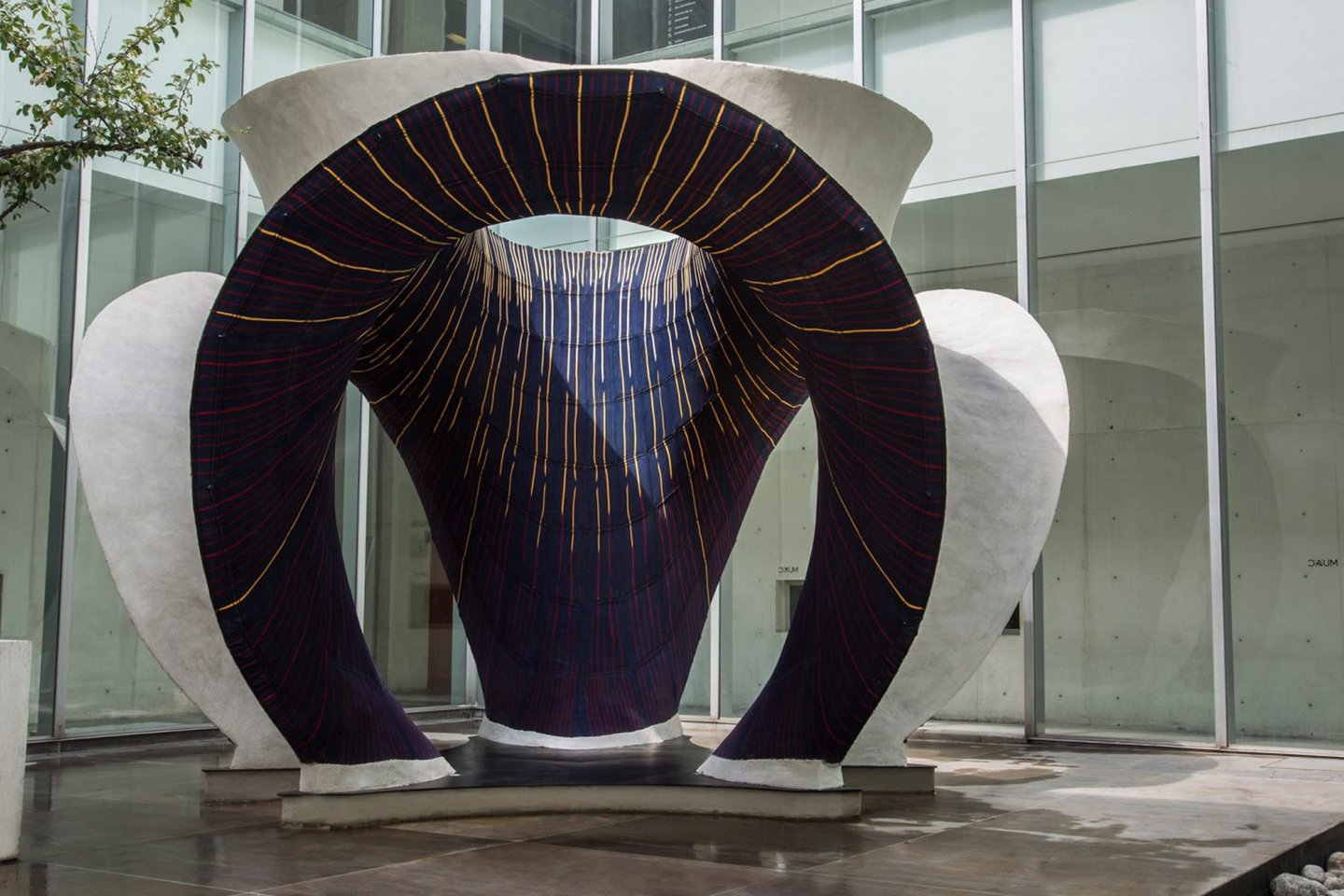
Responsive knitted textiles are being developed using biomimetic design principles, the practice of drawing inspiration from natural systems, structures and processes to solve human challenges. This research focuses on how the inherent properties of natural materials interact with weft-knit structures to create textiles that adapt to environmental conditions. By mimicking nature's ability to respond dynamically to stimuli, these transformable textiles open new possibilities for sustainable and innovative architectural applications. The fabric could alter its shape when warm, moist air accumulates inside a space, allowing the moisture to escape, and then revert to its original form as humidity decreases. As an exterior awning, the textiles could adapt from providing decorative shading to creating protective shelters during rain, simultaneously channeling water for collection and reuse.
Green roofs, made from plant-covered knitted meshes, are now becoming popular in urban areas. These meshes, made from durable, often biodegradable fibers, serve as a lightweight framework to hold soil and plants securely while allowing water and air to flow through. The knitted structure provides flexibility and strength, making it ideal for contoured or sloped surfaces that traditional rigid frameworks cannot easily accommodate. Researchers and manufacturers have explored knitted geotextiles for erosion control and root stabilization on green roofs, ensuring the vegetation remains securely anchored while reducing runoff. The ability to customize the density and pattern of the knitted material also enhances its performance in retaining water and supporting diverse plant life. Knitted meshes not only facilitate plant growth but also integrate with modern urban designs, offering a sustainable and adaptable foundation for green roofs in dense cities. By contributing to cleaner air, better stormwater management and natural cooling, these innovations enhance urban wellbeing and environmental resilience.
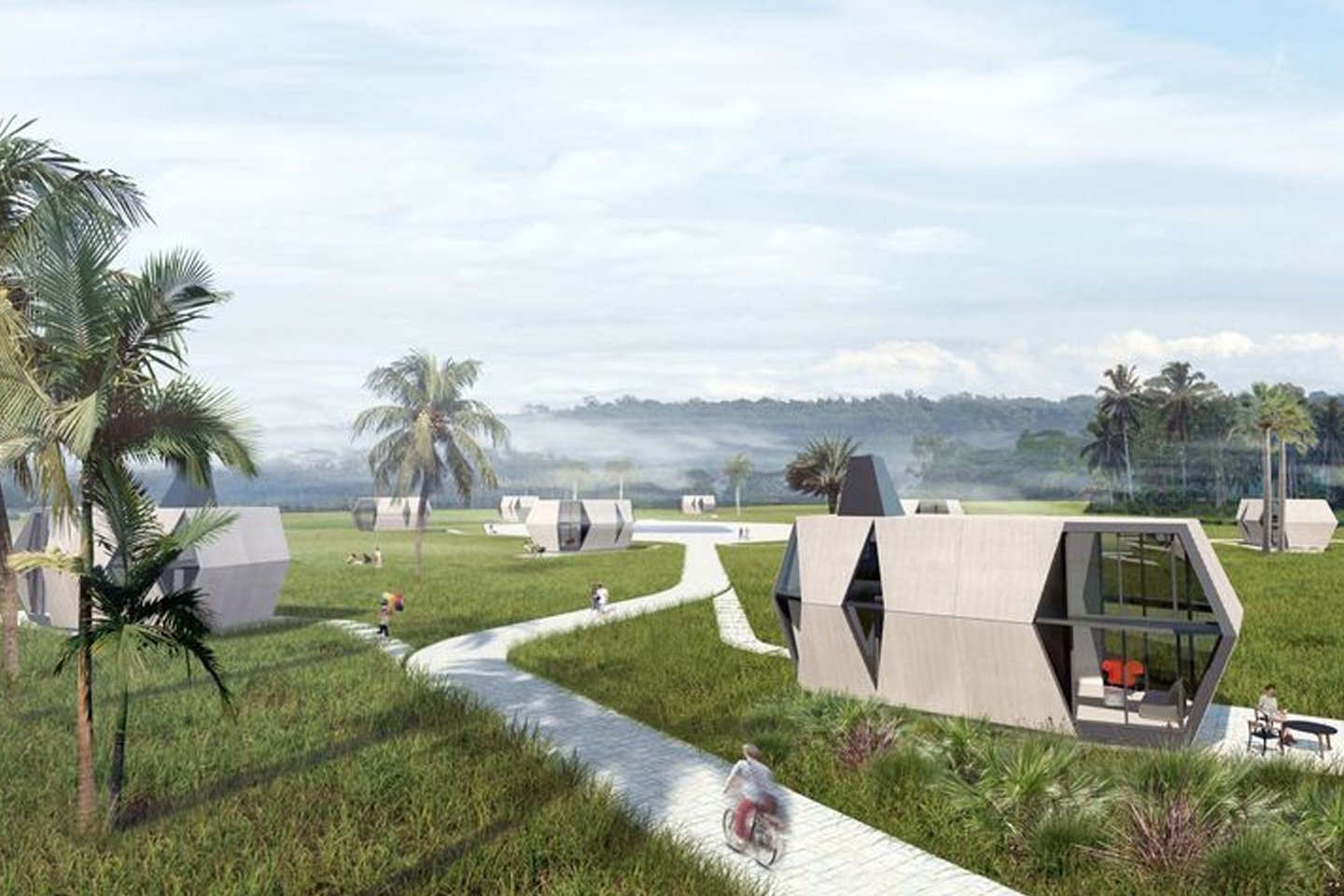
The ancient Japanese art of origami is proving invaluable in creating adaptable, space-efficient housing solutions. Origami-inspired designs focus on compact, foldable structures that can be transported easily and expanded when needed. In particular, they are revolutionizing modular construction. Prefabricated homes, such as those being designed by Hariri and Hariri, can be folded flat for transport and expanded on-site, minimizing waste and reducing the carbon footprint of construction. These modular designs are particularly useful in urban areas where space is limited and efficient building practices are essential, providing future homeowners with adaptable and accessible housing solutions.
Origami principles have also inspired the design of deployable shelters that can be easily transported and assembled. Researchers at the University of Maine are developing foldable relief housing intended for temporary use in disaster zones. These structures can be flat-packed for efficient transport and quickly deployed to provide immediate shelter, showcasing the practicality of origami in addressing urgent housing needs. Additionally, researchers at Harvard University have created inflatable, origami-inspired structures that can be deployed quickly and maintain their shape without continuous air pressure.
When it comes to manipulating light, the key also lies in the creases. NASA’s Starshade, an origami-inspired device, unfolds in space to block starlight, allowing telescopes to capture clearer images of distant exoplanets – demonstrating how folding techniques can be adapted to reflect light, which has resonance in hot climates for cooling solutions. There is also a clear application for the optimization of solar panels. Various companies are in the prototype stages of utilizing origami techniques to maximize surface area while maintaining portability, providing a convenient solution for off-grid or emergency power requirements. These ideas have the potential to redefine energy-efficient design and inspire future breakthroughs in adaptive construction.
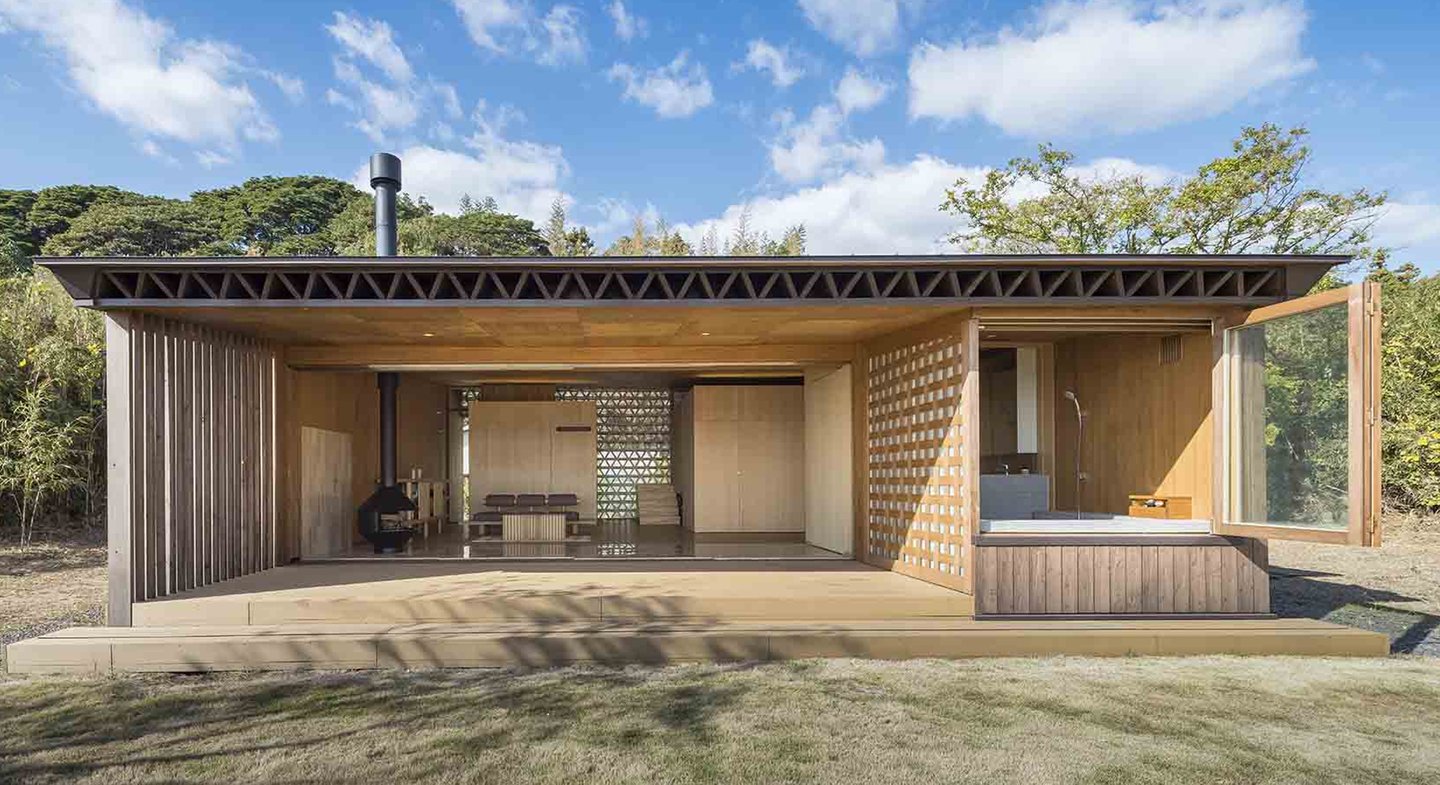
Weaving, one of humanity’s oldest crafts, is being reimagined for modern housing applications. Its focus on interlacing threads has inspired innovations in sustainable construction materials and energy-efficient design. Architects are using weaving techniques to create structural panels for homes that are strong yet lightweight. These panels, often made from natural fibers like bamboo or hemp, are not only sustainable but also biodegradable, offering a greener alternative to traditional materials like concrete and steel.
In a different vein, advancements in woven textile solar panels have led to the integration of miniature photovoltaic cells into fabrics. A notable development includes a woven textile embedded with 1,200 of these cells, capable of charging electronic devices. This innovation demonstrates the potential for fabrics that can generate electricity, which are now being applied theoretically to building materials to create energy-harvesting surfaces. These textiles could be used as exterior cladding for buildings, turning entire walls into energy sources while maintaining aesthetic appeal.
Lastly, weaving techniques have been effectively employed in constructing emergency housing. Shigeru Ban Architects have successfully used weaving of local materials and paper in places struck by conflict and natural disasters, such as India, Pakistan, Syria and Ukraine. The technique allows for rapid construction and dismantling. Aside from disaster relief, the firm also designs woven homes and exhibition pavilions. These woven structures, combining craftsmanship with functionality, not only meet immediate needs but also pave the way for future approaches to sustainable and resilient housing."
As we reimagine traditional crafts like knitting, origami, and weaving for the built environment, their transformative potential becomes clear. These age-old techniques not only offer innovative solutions to pressing challenges but also remind us of the power of creativity and resourcefulness. By merging tradition with technology, we can craft a future where architecture is not only sustainable and resilient but also deeply inspired by the ingenuity of human hands. With ongoing research and development, these crafts will continue to inspire innovations that redefine how we build, live, and thrive in the modern world.
Feature Image: Associate Professor of Architecture at the University of Michigan explores textiles in architecture
Images: WLLW Team (AI), Hariri & Hariri Architecture
Photography: Zaha Hadid Architects and ETH Zurich, Shigeru Ban Architects

4 min read
Meet the individuals redefining sustainability and advancing human and ecological health through innovation and advocacy.
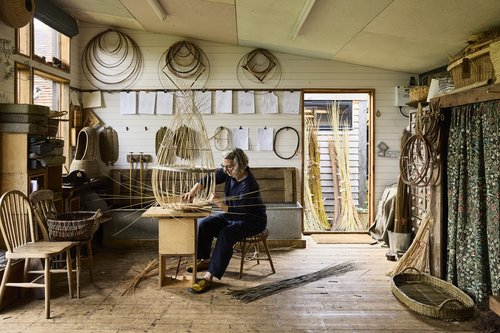
3 min read
At WLLW we seek to inspire a community that values health, sustainability and beauty in design by celebrating the lasting impact of thoughtful craftsmanship.